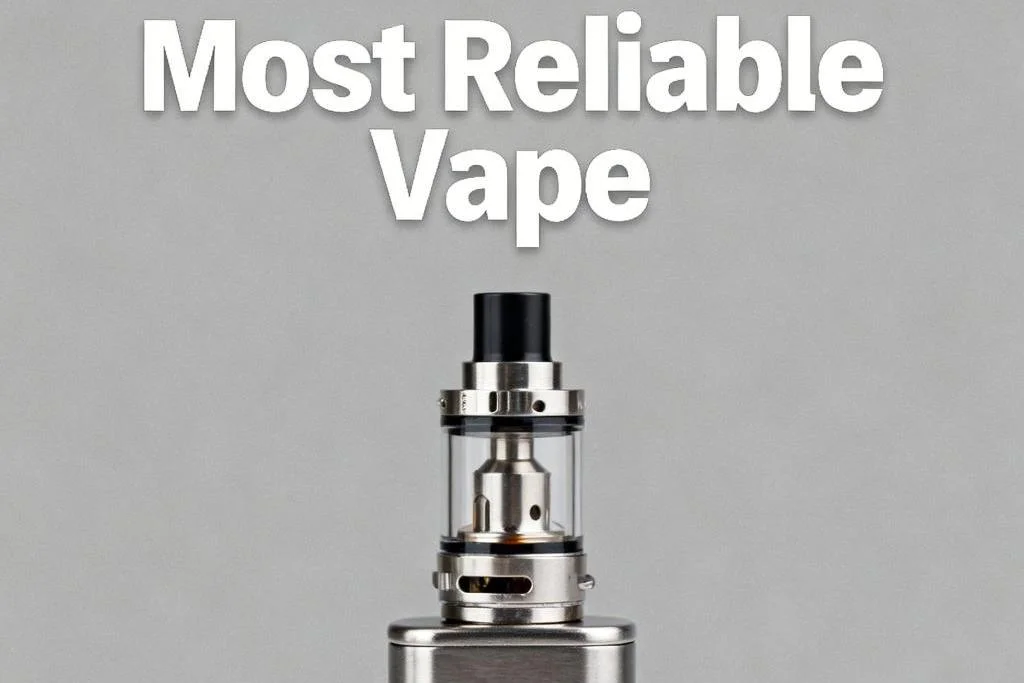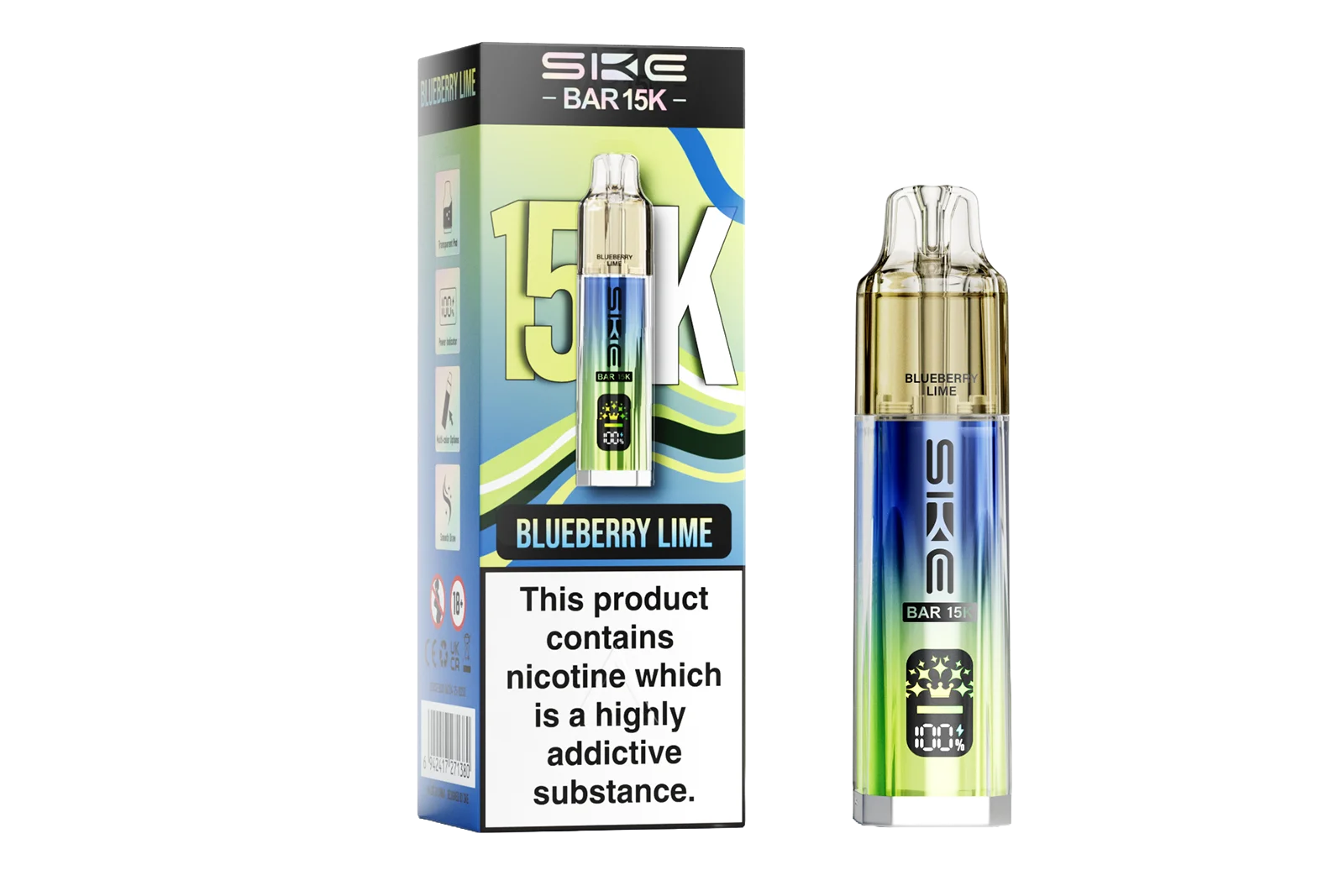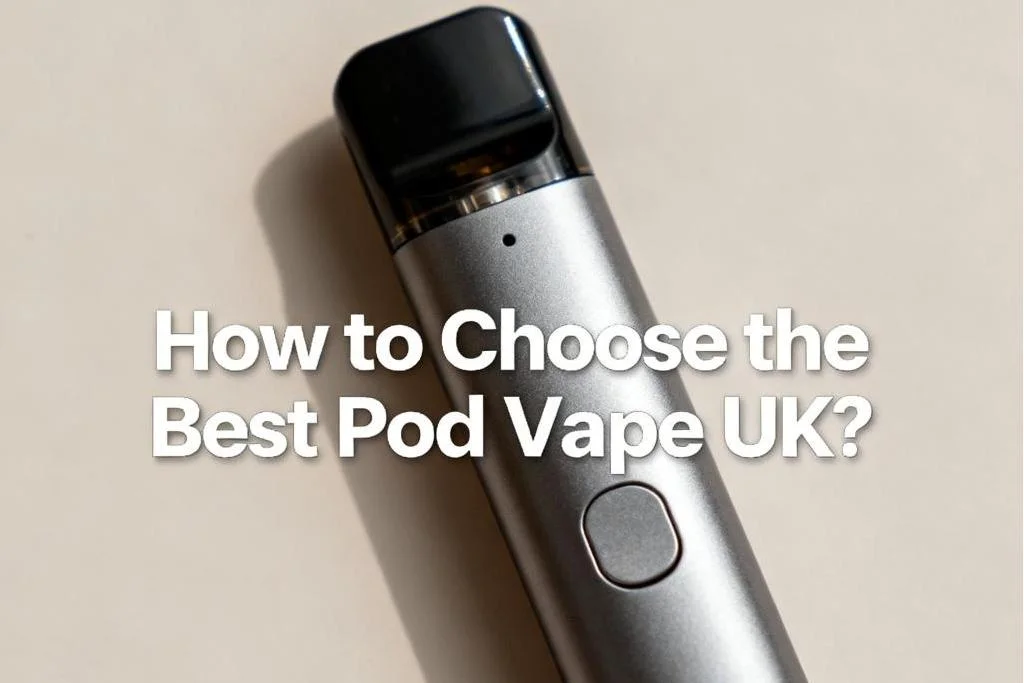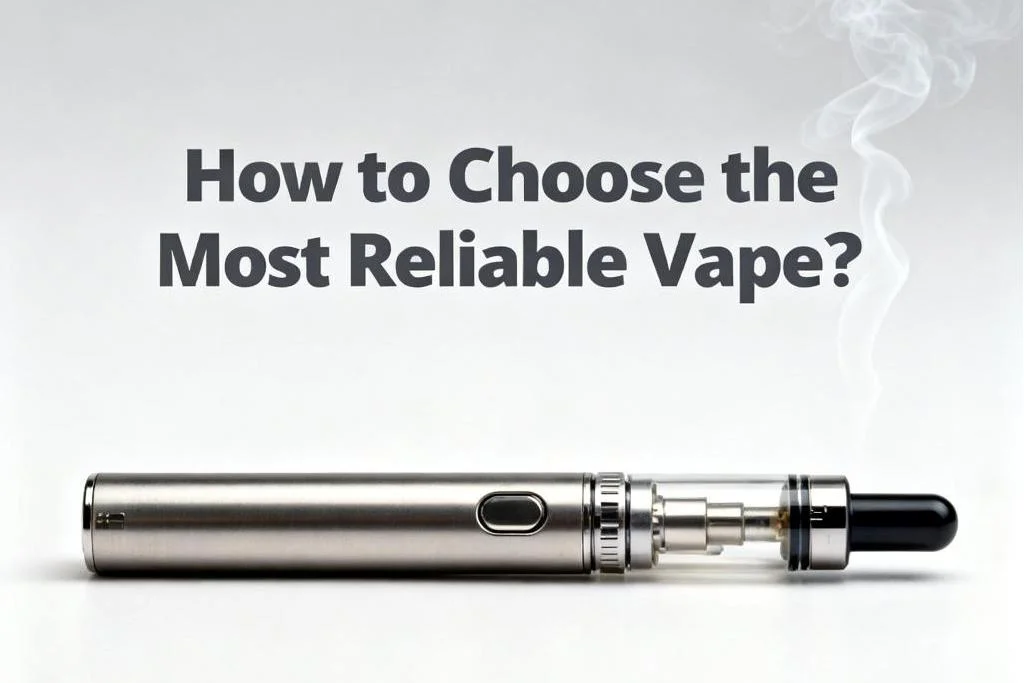Does Vaping Cause COPD?
Chronic Obstructive Pulmonary Disease (COPD) is a progressive lung condition that makes breathing increasingly difficult. It is most commonly linked to long-term smoking, but as vaping continues to grow in popularity, many people are asking the question: does vaping cause COPD? This guide explores the current scientific evidence, expert opinions, and potential health implications to help readers make informed decisions.
Understanding COPD and Its Causes
COPD is an umbrella term that includes chronic bronchitis and emphysema. Both conditions damage the lungs and restrict airflow. The primary cause is long-term exposure to lung irritants, particularly cigarette smoke. Other factors, such as environmental pollutants and genetic predisposition, can also contribute.
While vaping does not produce tar — one of the major culprits in smoking-related COPD — e-cigarette aerosols still contain substances that can irritate and inflame the lungs, such as propylene glycol, vegetable glycerin, nicotine, and flavoring chemicals. Over time, these irritants could potentially impact lung health, although research is still ongoing.
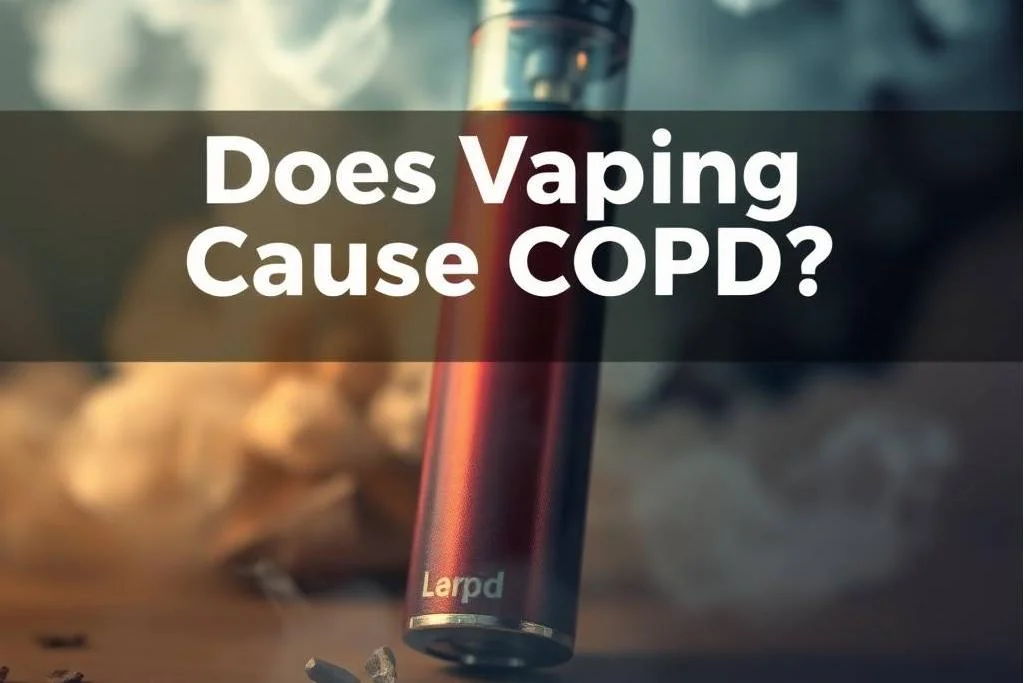
What Current Research Says About Vaping and COPD
Scientific studies on vaping’s link to COPD are still relatively new compared to decades of research on smoking. Some findings suggest that vaping may lead to respiratory inflammation and reduced lung function, especially with prolonged use. However, the risk level appears lower than with traditional cigarettes.
The American Lung Association warns that vaping is not harmless and that some of the chemicals in e-liquids — including diacetyl, formaldehyde, and acrolein — are known to cause lung damage over time. On the other hand, Public Health England has stated that vaping is significantly less harmful than smoking, but they also acknowledge the lack of long-term data on diseases like COPD.
Vaping vs. Smoking: COPD Risk Comparison
Smoking is the leading cause of COPD worldwide, responsible for up to 90% of cases. For smokers who switch completely to vaping, the overall risk of developing COPD may decrease due to the absence of combustion and reduced exposure to toxicants. However, this does not mean vaping is risk-free.
For non-smokers, starting to vape introduces potential lung irritants and addictive nicotine without any prior exposure, which could still contribute to respiratory issues over time.
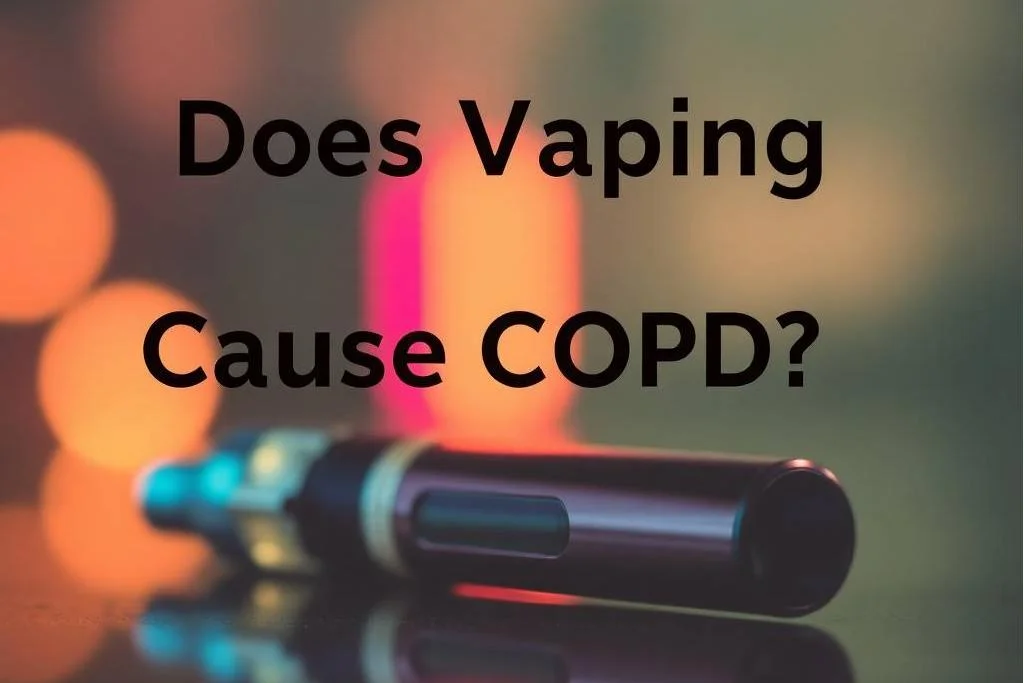
Symptoms to Watch For
Whether you smoke, vape, or do neither, it’s important to recognize the early signs of COPD:
- Persistent cough with mucus
- Shortness of breath during everyday activities
- Wheezing or tightness in the chest
- Frequent respiratory infections
If these symptoms occur, a medical evaluation is recommended. Early diagnosis can slow disease progression.
How to Reduce Your Risk
- Avoid or quit smoking entirely — the number one way to prevent COPD.
- Limit vaping use, especially high-nicotine and flavored products that may contain lung irritants.
- Stay informed about new research on vaping and lung health.
- Maintain good lung health through exercise, avoiding secondhand smoke, and monitoring air quality.
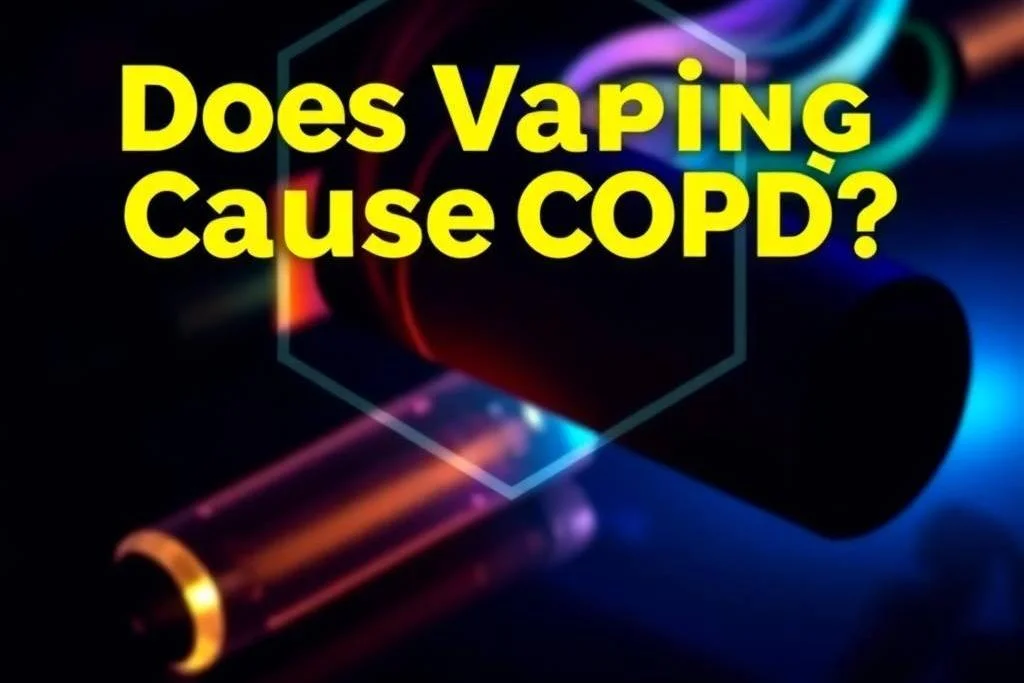
Conclusion
Current evidence suggests that vaping is likely less harmful to the lungs than smoking, but it is not without risks. While there is no conclusive proof that vaping directly causes COPD, the chemicals in e-cigarette vapor could contribute to lung irritation and damage over time. For smokers looking to quit, vaping may serve as a harm-reduction tool, but for non-smokers, avoiding both smoking and vaping is the safest choice.
FAQs
1. Can vaping lead to COPD?
While there is no conclusive proof that vaping directly causes COPD, research shows that e-cigarette aerosols contain chemicals that can irritate and inflame the lungs. Long-term exposure to these substances could increase the risk of developing respiratory diseases, especially in people with existing lung issues.
2. Is vaping less likely to cause COPD than smoking?
Yes. Studies suggest vaping exposes users to fewer harmful chemicals than cigarette smoke, which is the leading cause of COPD. However, vaping is not risk-free, and its long-term effects on COPD development are still being studied.
3. Can vaping worsen COPD symptoms?
Yes. For people already diagnosed with COPD, vaping can trigger flare-ups by irritating the airways and causing inflammation. Health experts recommend avoiding all inhaled irritants, including e-cigarette vapor, to prevent symptom progression.
4. Does nicotine in vapes contribute to COPD?
Nicotine itself is not the main cause of COPD, but it can worsen the condition indirectly. It increases heart rate, reduces lung function over time, and can make quitting vaping or smoking harder, prolonging exposure to harmful substances.
5. What’s the safest way to avoid COPD risk from vaping?
The safest option is to avoid vaping altogether, especially for non-smokers. For smokers looking to quit, switching completely to vaping may lower COPD risk compared to continued smoking, but quitting all nicotine products provides the greatest health benefit.


















